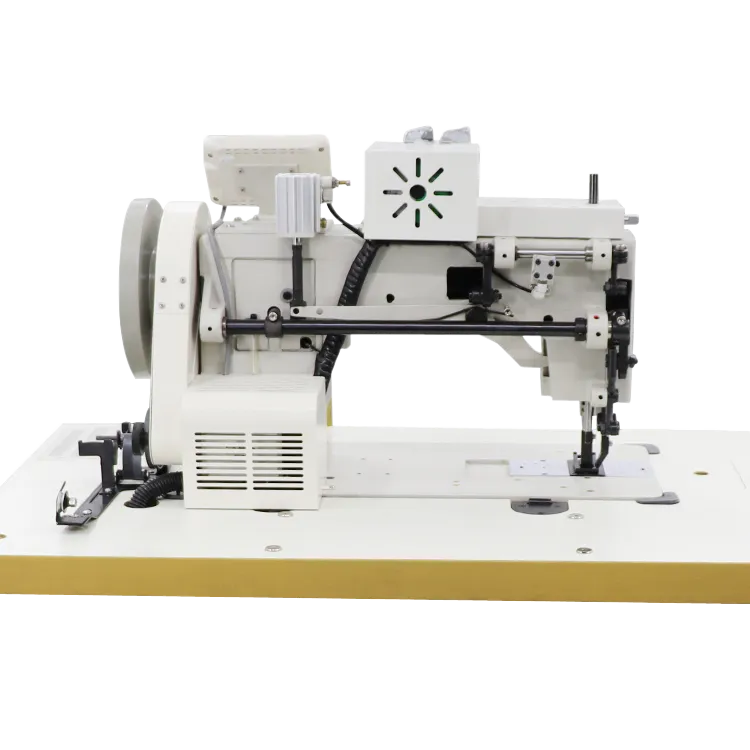what is a cover stitch on a serger
Understanding Cover Stitch on a Serger A Comprehensive Overview
In the world of sewing and garment construction, a serger is an invaluable tool that enhances the quality and efficiency of the sewing process. Among its various functions, one of the most significant is the cover stitch. But what exactly is a cover stitch, and how does it differ from other types of stitches?
A cover stitch is a specialized stitch primarily used to finish the hems and seams of knit fabrics. It's often found on the hems of t-shirts, leggings, and other stretchy garments because it provides a professional-looking finish while allowing the fabric to retain its stretch. Unlike a standard sewing machine stitch, the cover stitch is designed to stretch with the fabric, minimizing the risk of puckering or breaking when the garment is worn.
One of the distinguishing features of a cover stitch is its structure. It typically consists of two or three parallel rows of stitching on the top side of the fabric and a zigzag stitch on the underside. This configuration not only offers a clean and neat appearance but also provides significant elasticity. The upper stitches create a flat seam that lays nicely against the fabric, giving garments a polished look, while the lower zigzag stitch keeps the fabric from unraveling.
what is a cover stitch on a serger

To create a cover stitch, a serger or an overlocker machine equipped with a cover stitch capability is required. These machines are specifically engineered to handle multiple threads and create the unique stitch format that a cover stitch entails. When setting up your serger for a cover stitch, it often involves threading multiple spools—usually two for the top and one for the bottom—to achieve the desired stitch type.
The versatility of the cover stitch extends beyond hemming; it can also be used for decorative purposes or to add additional security to seams. For instance, some sewists use cover stitches to reinforce seams on activewear, providing extra strength and durability in areas that experience a lot of stress and movement.
When working with a cover stitch, it's important to prepare your fabric properly. Since cover stitching is often done on knit materials, several tips can help achieve the best results. Pre-washing your fabrics, using the right needle and thread, and adjusting the tension correctly are all essential steps to ensure a perfect finish.
In conclusion, the cover stitch is a powerful feature of a serger that elevates the quality of sewing projects, especially for knitwear. With its ability to combine aesthetics with functionality, the cover stitch is an essential skill for any serious sewist. Whether you are making casual wear or performance apparel, mastering the cover stitch will undoubtedly enhance your sewing repertoire and lead to more professional-looking results.
-
Leather Sewing Machine: The Industrial Standard for Tough MaterialsNewsJul.18,2025
-
Sail Making Machine: Heavy-Duty Stitching for Industrial and Marine NeedsNewsJul.18,2025
-
Sling Sewing Machine: The Backbone of Heavy-Duty FabricationNewsJul.18,2025
-
Leather Sewing Machine: Precision for Heavy-Duty StitchingNewsJul.18,2025
-
Big Bag Sewing Machine: Powering the Future of Bulk PackagingNewsJul.18,2025
-
FIBC Sewing Machine: Essential Equipment for Bulk Bag ProductionNewsJul.18,2025
-
Heavy Duty Leather Sewing Machine: A Must-Have for Professional LeatherworkNewsMay.28,2025





























